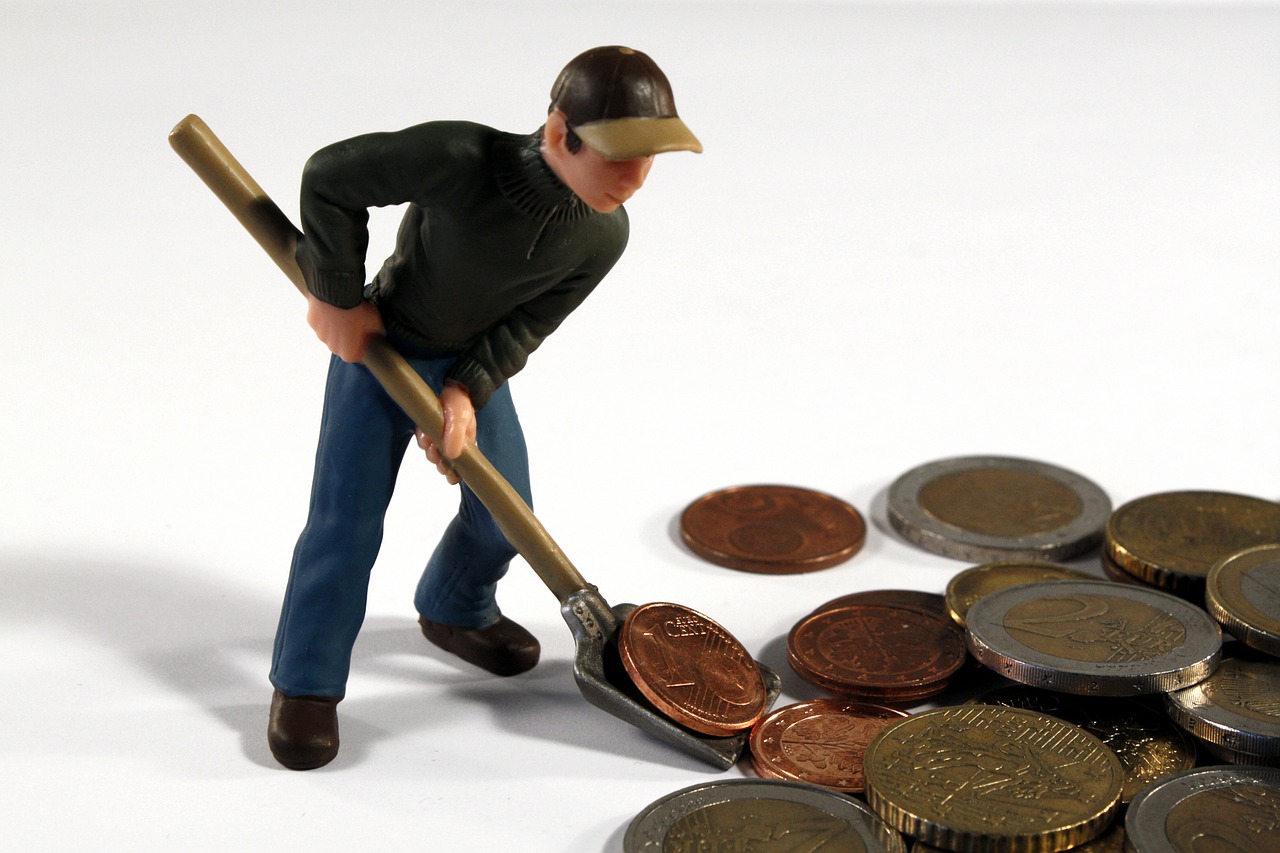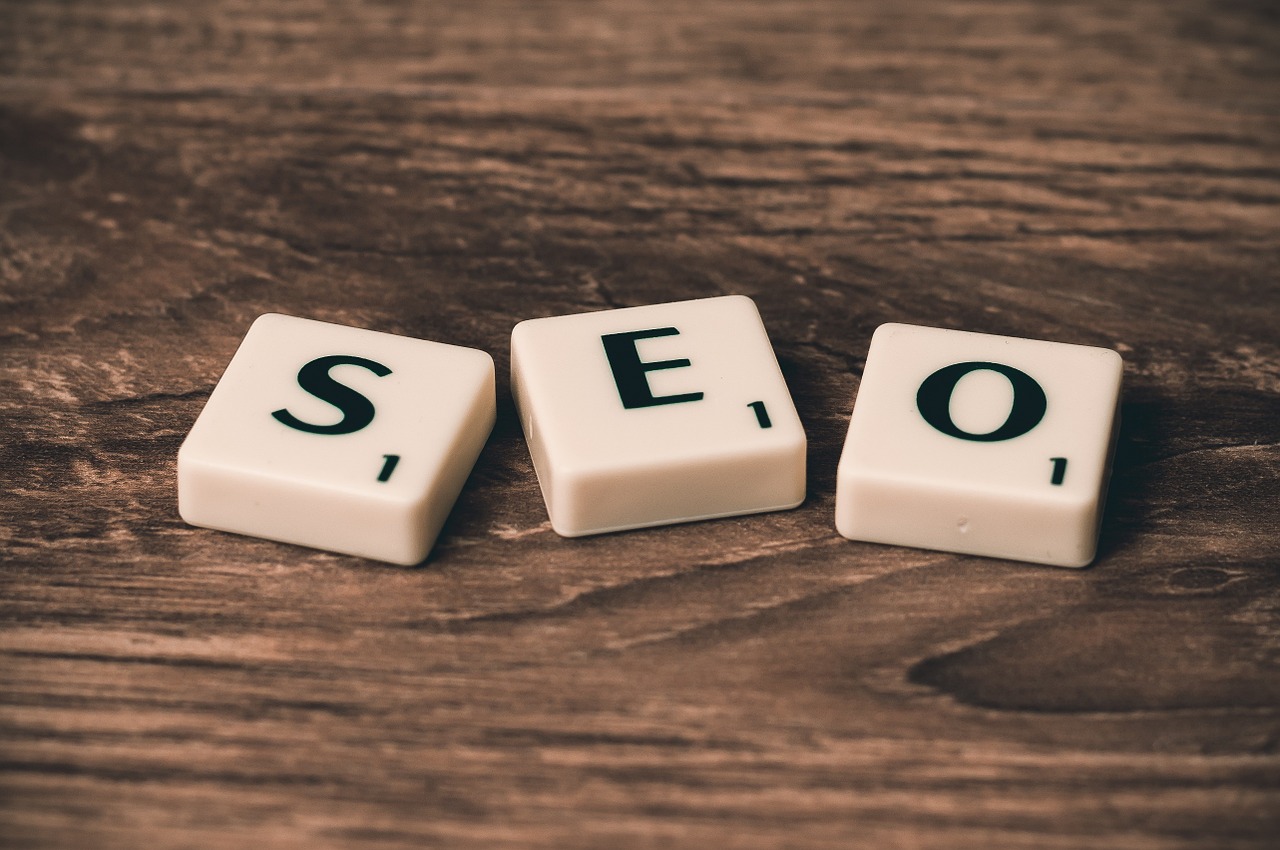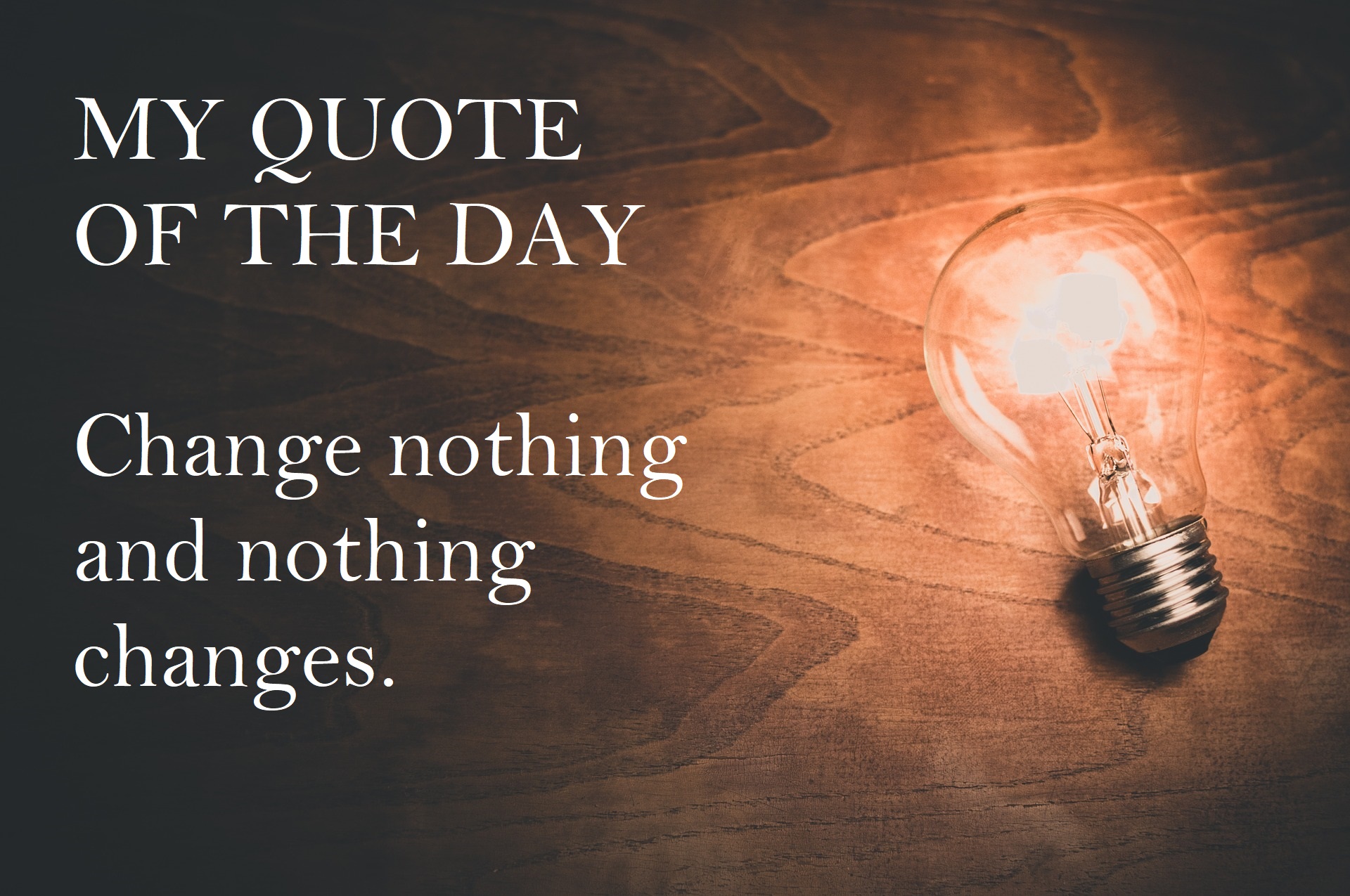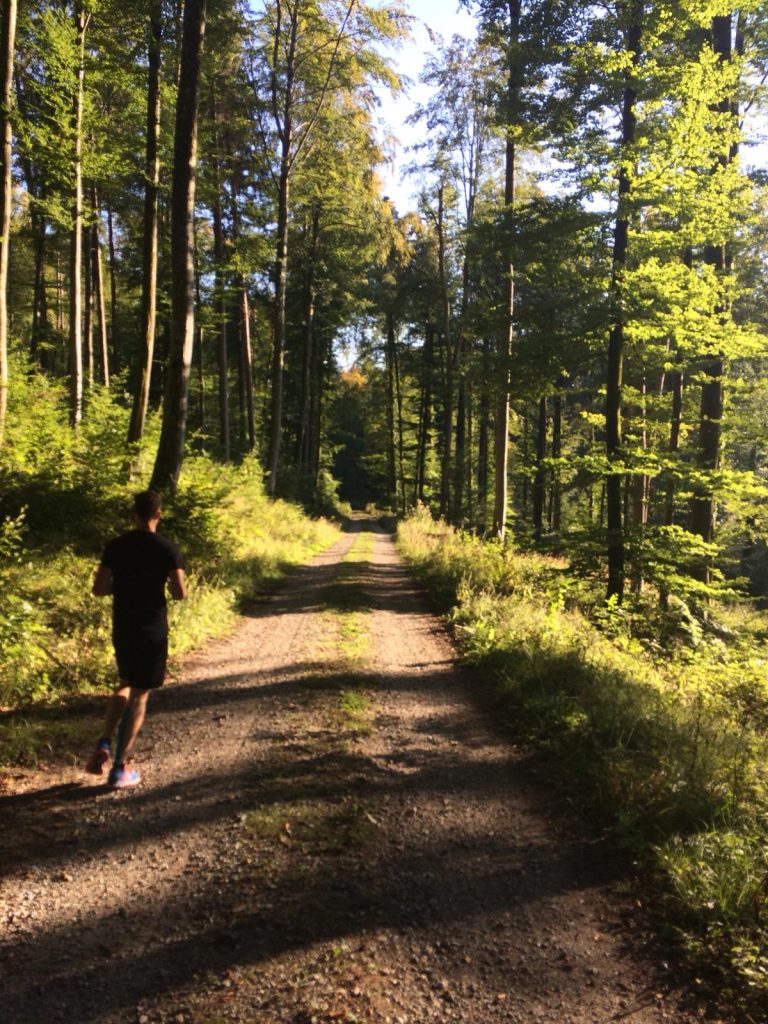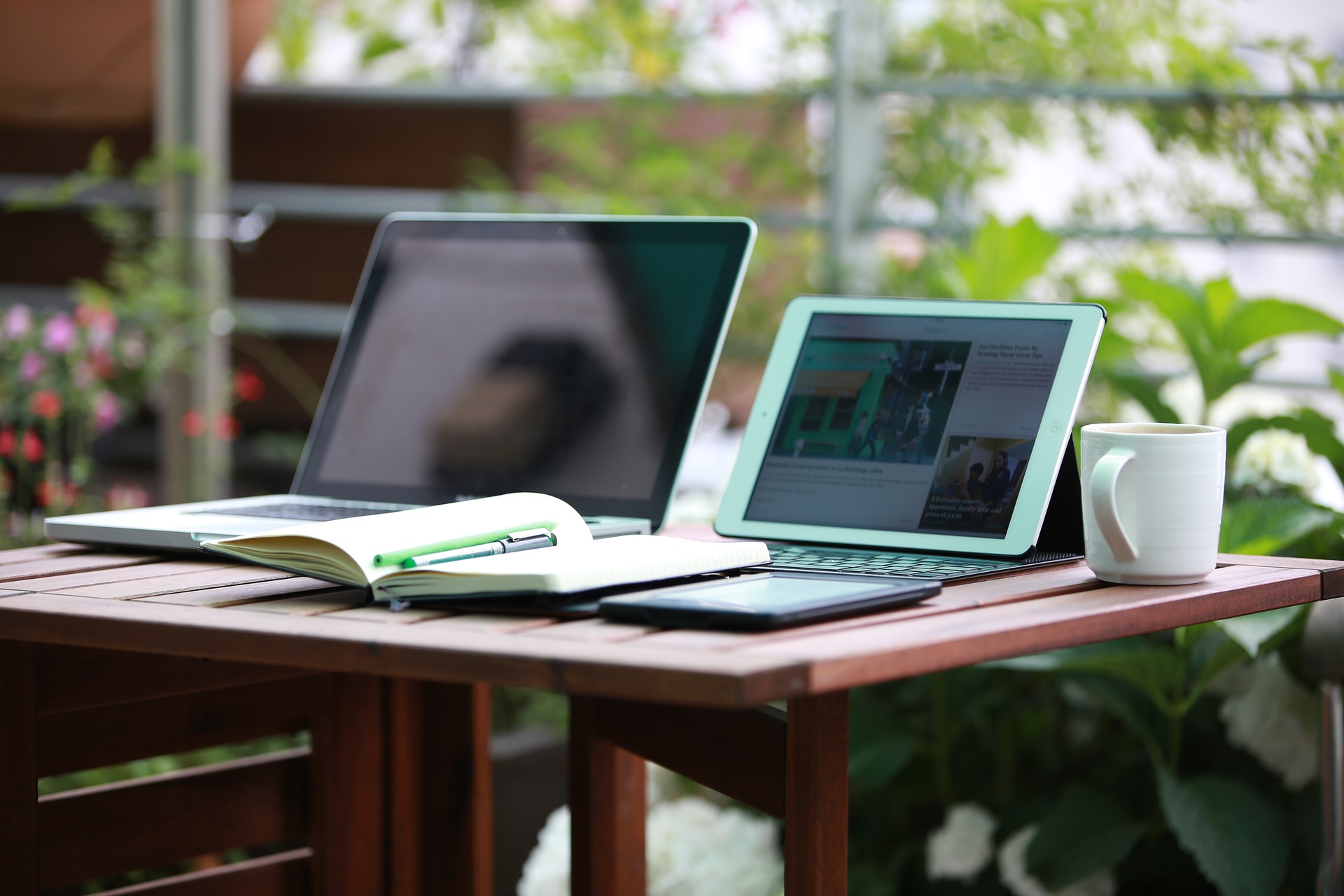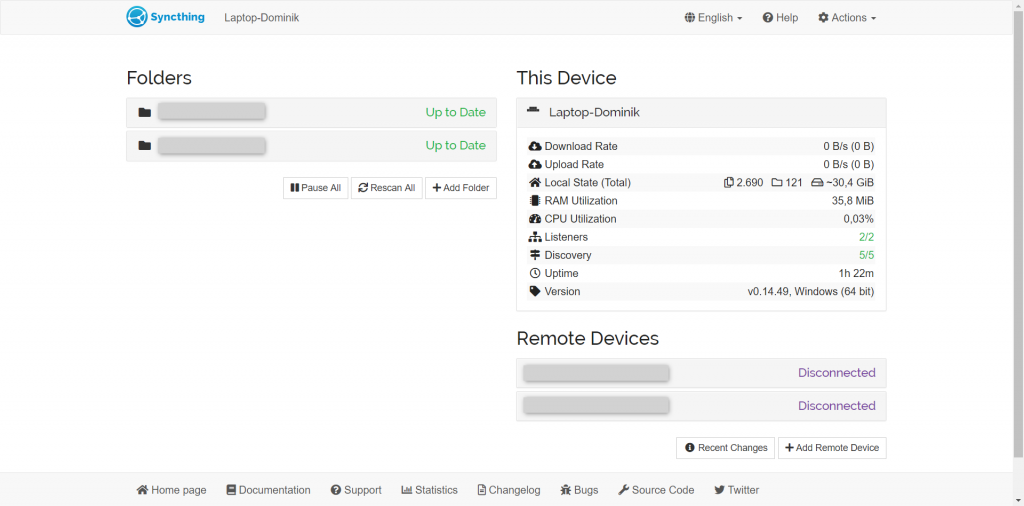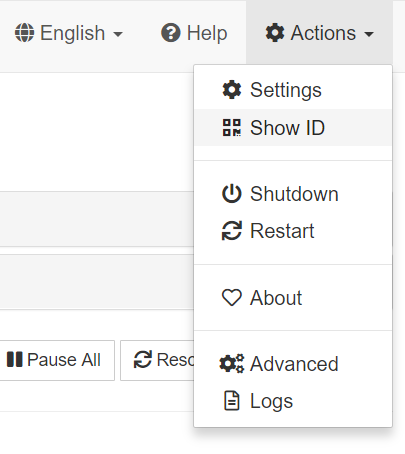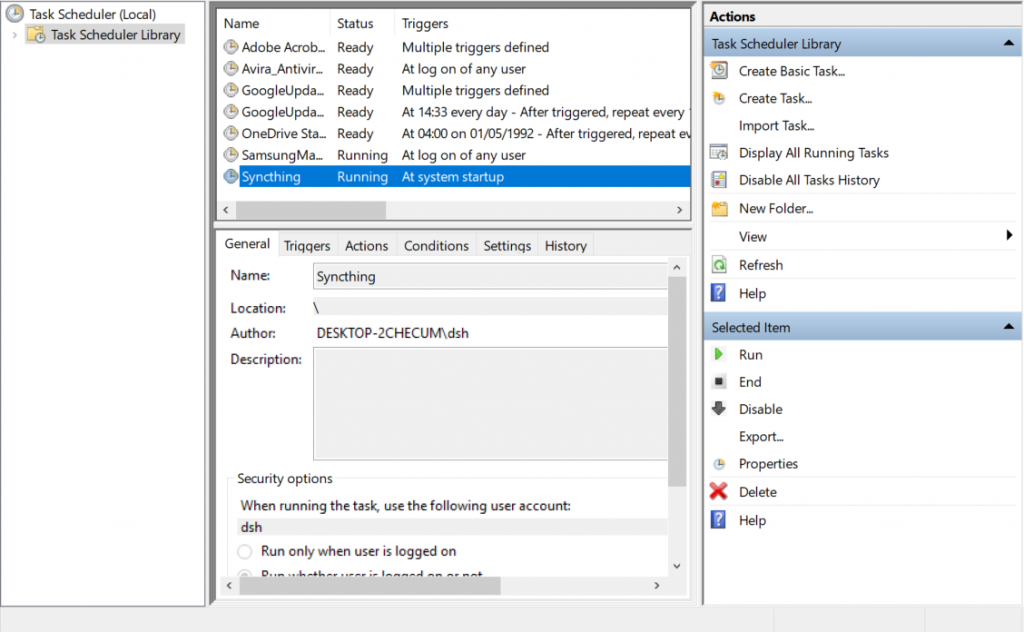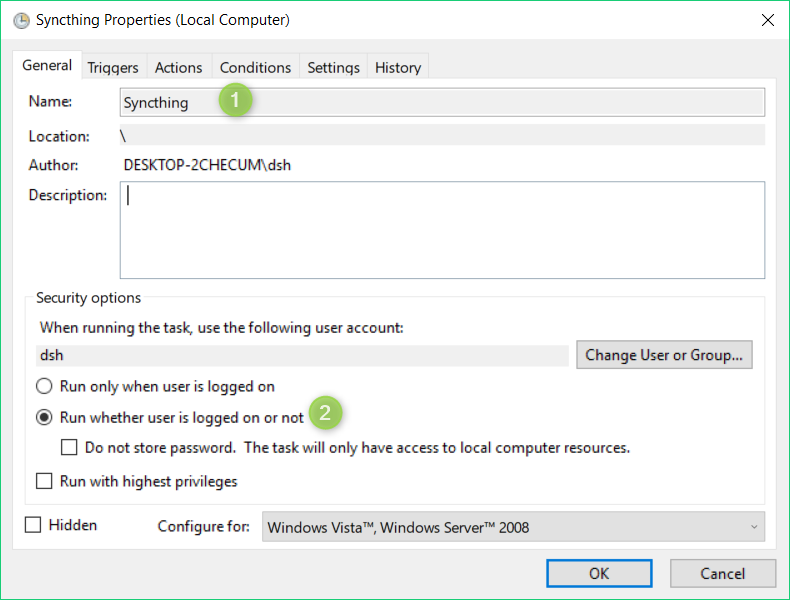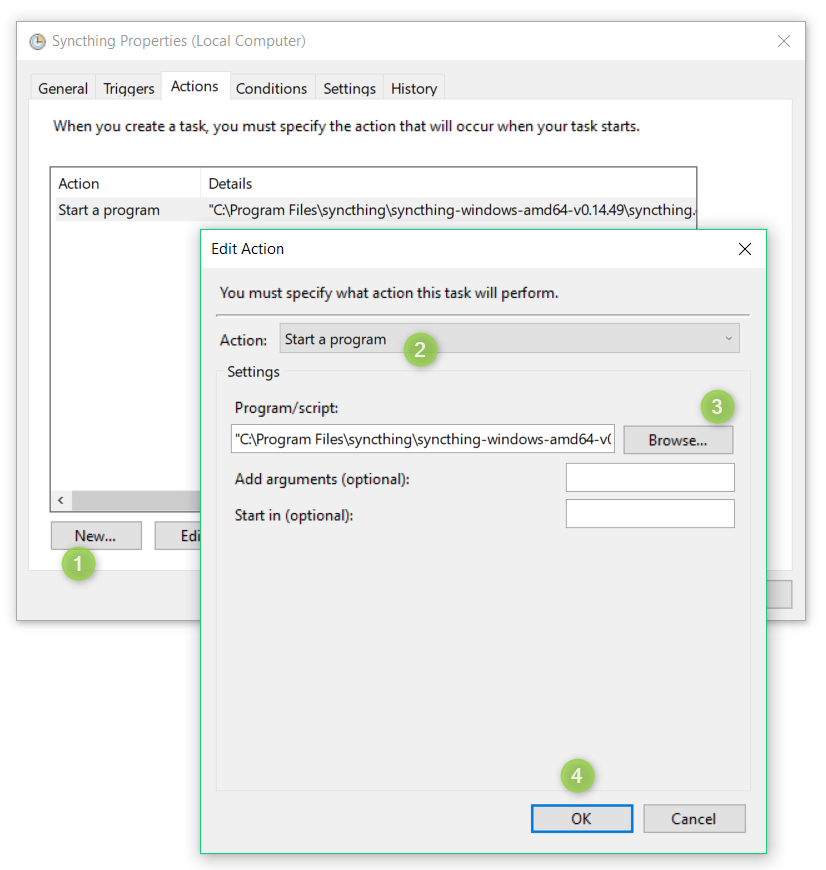We all can do something for our own pension. I summarise my readings and own experience in here. Anyone of us can buy their own little real estate for passive income live long. We just have to stand up and learn something about the process how it is done.
Here is one way I do it in a quick summary. We are searching for little apartments worth 200k€ and pay 10% by ourself. To get the rest of the money, we have to make a deal with our local bank. To get this high amount of money we have to have a good rating and have to know what exactly we want. House or apartment? New or old? Where do I find these?
Passive income with real estate
All things begin little. You could buy a small apartment with a little equity with e.g. 10.000€ for an apartment which is worth 100.000€. Lend yourself the money from the bank, pay only the ancillary purchase costs yourself, and rent the apartment. (How to get the money: see below)
But why is it a good choice?
Because the apartment pays for itself through the rental. The rental income should be sufficient to pay the bank, cover all running costs and build up savings for maintenance and loss of rent. Initially, passive income is even lower, as the bank receives its share. Righty, because they pay too. At the end, when the apartment has paid itself off, the share to the bank went into your own pocket. Through this way, a property asset is built up for old age and over time additional passive income is generated for you.
In order to find out my own rating from my bank, I asked the following institutions about my creditworthiness and internal rating. Sometimes data is wrong or not up to date. Only those who ask for it can correct it and raise their rating:
Sector-independent assessment of creditworthiness.
SCHUFA AUSKUNFT
Other interesting credit ratings. Just use the contact form or the contact section.
Bürgel Wirtschaftsinformationen GmbH
Purchase price and rent in combination are crucial
Each purchase price for a property can be a good or bad purchase price. The rental income you can achieve with the property is crucial. The purchase price determines the amount of your payment because it affects both the interest rate and the amortization amount. If the rental income is sufficiently high, you can also afford a higher rate to the bank. The right question is: How many annual cold rents fit into the purchase price?
For example: 200K€ purchase price, 1000€ rent per month equals 6% rental yield (1000*12 / 200K€). Tf the apartment is big enough for three students, 333€ per student is not unlikely at all. Six percent and more is a good number, less and you have to pay each month by yourself. That’s not the goal. We try to buy a system with one sum, which pays itself off. The book rich dad poor dad deals with this point in particular. (see in sources)
The leverage effect in real estate – The compound interest for shares
This effect crossed my path for the first time in the Business school when I was 16. At that time I thought it was reserved only for big companies to use this trick. Basically, it’s a simple calculation. If I have a higher percentage return for an amount that I pay for repayment, it makes sense to take up debt. In the end, the percentage difference of this extra money flows into my pocket.
We use this effect when buying apartments. We do not pay for the entire apartment out of our own pocket, but let the bank bear part of the costs. Most of the income flows back into the apartment to pay for it. The absolute return does not change, because the rent does not increase.
If, on the other hand, a share rises, its higher value also bears interest.
Stocks are very flexible to trade. Buy today, sell tomorrow. I personally prefer to hold. Real estate, on the other hand, is not sold with a click. Bringing the notary and the buyer to one table and all that. That can be a disadvantage but also an advantage. We ourselves tie up our capital and let it work on a long-term basis. After 10 years it is even tax-free sellable according to German law. A rented real estate is very directly influenceable, for example by a revaluation (new kitchen or something like that). The expenditure with real estates can be reduced by a property management, shares lie in the portfolio for 10 years, without paying attention to the course.
Where to buy
Everyone wants to buy an apartment in a future-proof location. The apartment should still be available for rent in 20 years. If security were your only criterion, you would only buy in Germany in popular areas such as Munich and Hamburg. Turned around, in unpopular areas, with the risk that the apartment will remain empty. The purchase price in relation to the rent is much too high here. The factor would be too small and you would have to put in money yourself every month. The golden middle can be interesting here. Not too expensive and not too unpopular.
It’s best to look for university cities that you can pass from time to time or that are close to you. Then you sort out those with poor returns and put the remaining ones in order according to their future security. All the data for this is available online free of charge – for example at the well-known real estate portals such as Immobilienscout.
There are enough interesting locations in Germany to invest money in a property and every day apartments change owners because, for example, they have been inherited or the apartment is sold for a house. Take a little time and find the ideal location for you.
Risks like rental nomads
Without the rental income you have to pay the rate to the bank and all costs by yourself. If you can’t do that, you’ll soon be up for foreclosure and lose a lot of money. Therefore, it is important to check the existing tenancy before buying: Has the tenant always paid? Can he pay in the future? Salary statements, Schufa and everything you submitted to the bank help with the tenant check.
In addition, you should, of course, buy an apartment that is interesting for tenants and maintain it over the years so that it remains attractive for them. It is advisable to transfer about 5% of the rent to a reserve account every month for a possible loss of rent until three months’ rent is covered.
Financing creates a further risk for you: Interest rates are often fixed for 10 or 15 years. If the interest rates rise significantly by then, the financing for the remaining debts can suddenly become more expensive and in the worst case, the rate can even increase. So prepare yourself for this. When you take out the loan, fix the interest as far as possible – at least as long as the interest premium is still within the limits.
You can’t really exclude any of these risks. But if you understand them and actively deal with them, you can do a lot to protect yourself. When it comes to risks, you can make the difference for truly successful wealth accumulation!
That’s it for now. See part two on my website for further information 🙂
Sources:
Die Do-it-yourself-Rente: Passives Einkommen aus Immobilien zur Altersvorsorge (Link)
Erfolg mit Wohnimmobilien – Thomas Knedel (Link)
Rich dad Poor Dad (Link)

